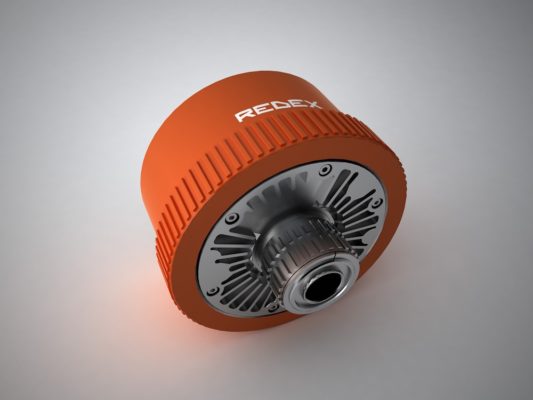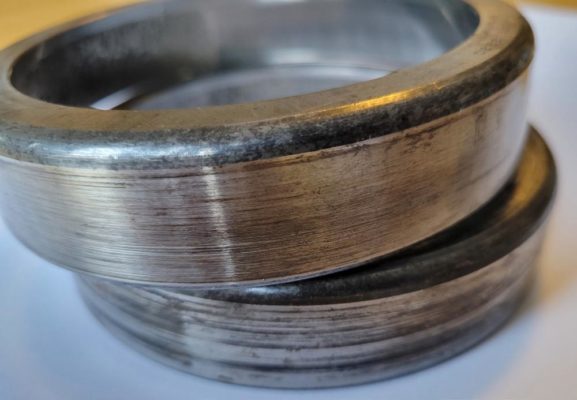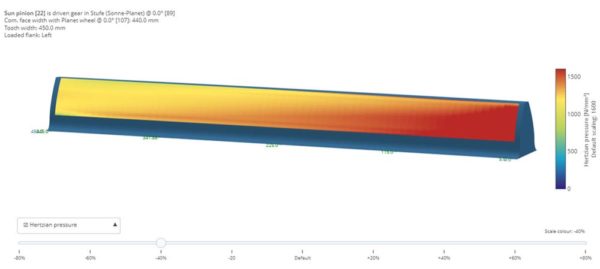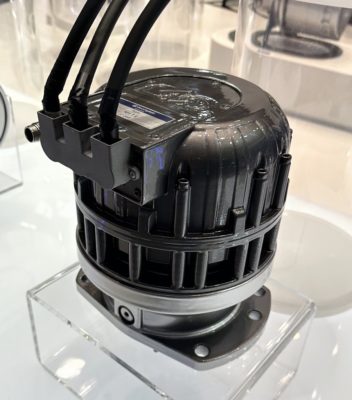Planetary
Having a Ball: The Technology Behind the Ball Drop
The New Year’s Ball Drop wouldn’t be possible without a sophisticated electromechanical system that must operate reliably during the most critical 60 seconds of the year.
Read More
Reliable, User-Friendly Planetary Gear Unit Design
Stober Relies on FVA Workbench for Drive Verification
Read More















